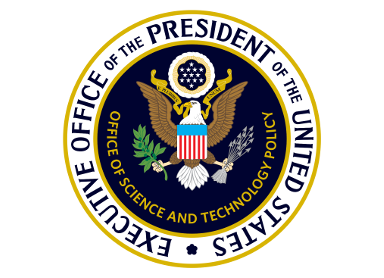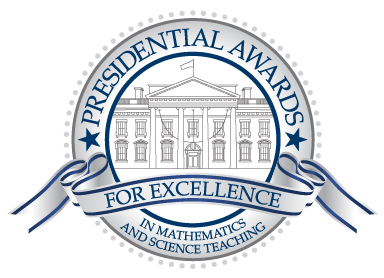Hawaiian culture, however, is sometimes lost within our local culture. America’s annexation of Hawaii in 1898 led to the decline of Hawaiian cultural practices like language and dance, or hula. With the banning of our Hawaiian language, or ʻōlelo Hawaiʻi, in the schools, it was difficult to pass on the traditions and stories of our ancestors. It was not until after Hawaiʻi became the 50th State in 1959 that ʻōlelo Hawaiʻi and hula returned.
Our state’s leaders realized the importance of bringing Hawaiian culture back to its people and because of this there has been an increase in cultural awareness and practices, but there is a lot of work to do. Currently, I teach at the second biggest public high school in the state with at least sixty percent of our student population being Asian and at least twenty percent Pacific Islanders. I relate very closely with the students because we have many shared cultural experiences. Unfortunately, there is so much about Hawaiian culture that they don’t know - the meaning of our street names, the cultural significance of certain places - that the students don’t feel a sense of ownership or connection to the land as our ancestors once did.
Therefore, within my class, I incorporate local culture into my teaching by basing my classroom environment around Hawaiian values based on our ancestors’ lifestyle. Specifically, in my class, I emphasize the importance of kuleana, or responsibility, laulima, or cooperation with many people, and aloha ʻāina, the love of our land.
As the Engineering teacher, basing my classroom environment around these values has pushed my students to partake in unique opportunities and receive accolades and recognitions that never cease to amaze me. The project that I’d like to highlight to demonstrate how my students use the aforementioned values within my classroom is the Tiny House Design Challenge (THDC).
The THDC was introduced by one of our local structural engineering firms. For this challenge, the students needed to design, budget, and construct a half-scaled model of a sustainable, net-zero carbon output tiny home that met state building codes. When I first engaged my students with this project, the challenge had no meaning to them. It was just another project. The students successfully completed the design tasks, met competition criteria, and demonstrated the expected engineering learning. However, they had not made the connection between this project and their community. With just a little more focus on the issues that we have in Hawai‘i like homelessness, and a reminder of aloha ‘āina, the students started to see a tiny house as a more economical option for those within our community who are unable to afford to buy a home, or better yet, as an option to house our homeless community. After realizing this, the students were eager to take on the challenge because they could see how the THDC would not only help them to build their engineering and design skills but could positively impact their community.
Aloha ʻāina isn't only about having a love for the land, but completely valuing, understanding, and appreciating everything that it has to offer. Another part of the THDC required the students to identify a location in Hawai‘i that would be best if they were to realistically build and incorporate their design. The students needed to find a source of renewable energy and water, as well as sustainable ways to keep their tiny home cool without using too much electricity. They learned about the variation in temperatures and weather across our island, the wind pattern and directions, and the orientation of the sun. The students began learning, and without me having to tell them to, the things that our ancestors knew to always be aware of to live a sustainable life.
When planning their project, my students realized that the move from designing to building the house would require additional collaboration, laulima, with other students in the school. They thought about each of the aspects of the tiny house design and divided themselves into architectural, structural, electrical, mechanical, and construction teams to focus on the specific skills and outcomes for each area. Upon completion of the project, the constructed half-scale model was placed on the front lawn of the State Capitol building to showcase tiny homes as a sustainable solution to address homelessness in the state. Students shared with me that when they passed the capitol building and saw their design featured, they thought, “Hey! I made that!” and “Look at our design, I’d live in that”. As part of the competition, the students were required to present their designs to a panel of engineers. In one judge's words, they were “blown away”, commenting that the students “functioned as a real structural engineering firm” and a few of the students were interviewed for our local news stations.
My students engaged in the project with a different purpose. It was no longer enough to simply design the house to the specification of the competition, they needed to build the house in order to demonstrate the potential tiny houses have for meeting critical housing needs in their community, they felt kuleana. They not only became engineers but advocates for providing sustainable and ethical solutions for our state.
I am looking forward
to further providing opportunities for my students so that they become stewards
of society and be connected to where they are from just as our ancestors were.
I am hopeful that through learning our local culture and Hawaiian values, the
students have the ability to create a future for Hawaiʻi that focuses on these values
and further emphasizes the importance of keeping the Hawaiian culture alive
throughout our state.



